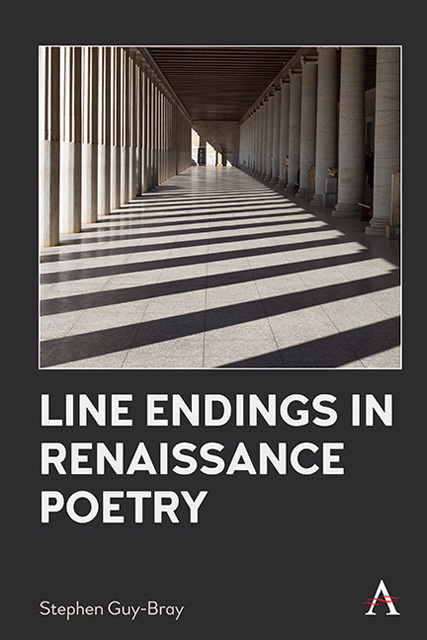Chapter 5 - Forwards
Published online by Cambridge University Press: 10 January 2023
Summary
In this final section I turn to a consideration of how recent poets have dealt with the challenges and opportunities afforded by line endings. As I wrote in the introduction, I won’t be concerned with rhyme here, as I don’t feel that contemporary rhyming poems—however distinguished many of them may be—really extend our knowledge of how rhyme can work. Instead, I’ll look at a few examples of what strike me as interesting examples of enjambment and of the sestina. Without having to adhere to conventions governing the number of syllables and of stresses in a line, poets are free to put line endings wherever they want, and thus rather than being predetermined (because the poet has completed a line of iambic pentameter, for instance), line endings are solely the result of a poet’s choice. I would argue that because of this fact, line endings in free verse are more highly marked from the outset than line endings in formal verse. Some poets writing in free verse give the impression of not caring much about lineation, but many use lineation and, especially, enjambment as a way to guide the reader through the poem and to emphasize particular words and phrases.
My first example of enjambment is Lucille Clifton’s “study the masters.” Before I deal with this poem, however, I want to look at W.H. Auden’s “Musée des Beaux Arts,” which is its intertext. Auden’s poem juxtaposes the grand stories that are the ostensible subject of paintings by the great Renaissance painters called the Old Masters with, as he puts it, their “human position” (3). By this, he means the relationship of “the miraculous birth” (6) that is the occasion for the painting to what the picture also shows: children (7-8), dogs (12), a horse (12-13); all living lives independently of the grand narrative that is the painting’s ostensible subject. In the second stanza, Auden becomes specific and names “Breughel’s Icarus” (14), which is located in the Musée des Beaux Arts in Brussels. Auden draws our attention to “the ploughman” (15) who appears in the foreground of the painting and to “the expensive delicate ship” (19) sailing by what is, as Auden notes, “Something amazing, a boy falling out of the sky” (20).
- Type
- Chapter
- Information
- Line Endings in Renaissance Poetry , pp. 79 - 90Publisher: Anthem PressPrint publication year: 2022

